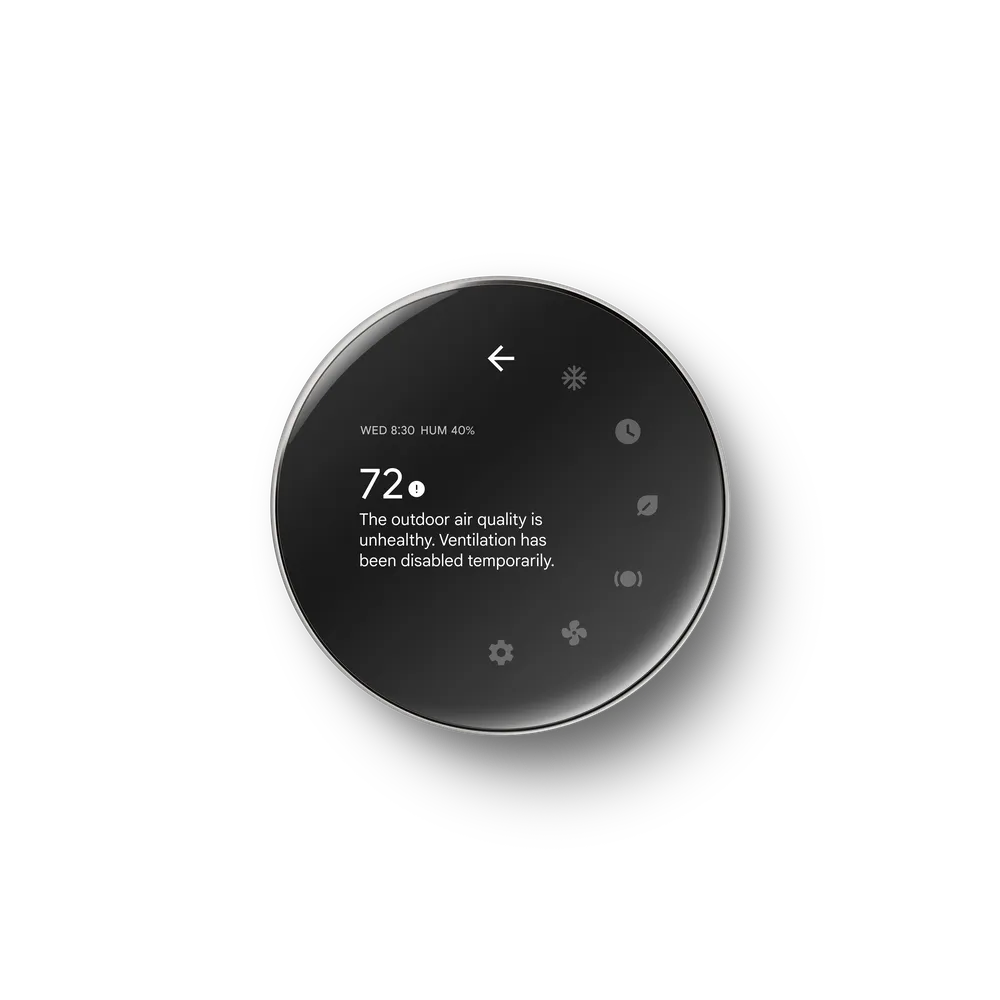As a Data Engineer, you will always need to categorize or compare various tables or databases you are told to manage. You can achieve this using the SQL comparison operators. Therefore, what are comparison operators?
What Are Comparison Operators?
Comparison Operators are operators used to compare two values or expressions where the outcome can be either true or false. They can be used to filter data and also used to include and exclude data. They are used to form conditions for filtering data. They are especially useful when you want to write conditions in the WHERE clause of a SELECT statement to filter out record from a table.
How Are They Used In SQL?
SQL or sequel uses common mathematical comparison operators to compare various values and data in a database. They do these by making use of the various comparison operators available. There are six types of comparison operators. These are:
The Equal To Symbol(<>)
The Less Than Symbol(<)
The Greater Than Symbol(>)
Less Than Or Equal To symbol(<=)
Greater Than Or Equal To(>=) symbol and
Not Equal To symbol(!=)
Let’s now take a look at an example that brings all what we have learnt so far to life. Let’s say you are working on a database called “company”. In this database, you have a table called “employee” that contains the salaries of your employees. To find out if their salaries is less than 24,000, you make use of a comparison operator. You say:
SELECT * FROM employee WHERE salary < 24,000;
Using the less than comparison operator, you can find out the number of employees whose salaries are less than 24,000, proving true.
Conclusion
It is inevitable to not want to compare and contrast values and data in a database. You will always need to achieve a result based on the manipulation of data. Comparison operators are useful tools that can help you achieve this and this article gives a brief overview on what they are and what they can do for you as a data engineer. Enjoy!

